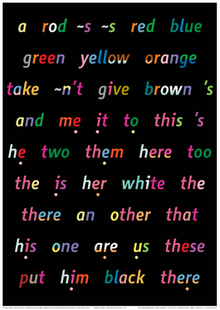Hi everyone, welcome to my blog again, hope you are doing well!
This week we review a little bit about the total physical response and the suggestopedia method.
Originally developed by James Asher, an American professor of psychology, in the 1960s, Total Physical Response (TPR) is based on the theory that memory is enhanced through association with physical movement.
Total physical response basically focuses on teaching language through physical activity.
TPR method also has its advantages and disadvantages:
this type of method is carried out with small demonstrations while learning new vocabulary.
Now we will talk a little about suggestopedia, which was the last method we saw in class.
Suggestopedia is a method of teaching a foreign language, in which students learn quickly by feeling relaxed, interested, and positive.
Suggestopedia is a language teaching method developed by the Bulgarian psychologist, Georgi Lozanov. The name of Suggestopedia is from the words “suggestion” and “pedagogy.” It is a set of learning recommendations derived from Suggestology, which Lozanov describes as “a science … concerned with systematic study of the nonrational and/or non-conscience influences” that human beings are constantly responding to.
We also had a bunch of activities in classes and learning about the suggestopedia method.
On Thursday, February 22nd we started the group presentations on the methods, and they were very fun and dynamic, my group also presented that day, and we talked about the "direct method".
and that's all folks, thank you all for reading me, take care and see you soon!❤






.gif)














